Boyd Allen
Active member
The reason for the poor quality is that they are small pictures with textured finishes. I have bigger files, but the free hosting sites that I usually use are tied up. If anyone remembers dates, post them. The guy that is working on a bench top is Lee Six. One pic is of a odd rifle (at a match) set up on one of the old benches.
Attachments
-
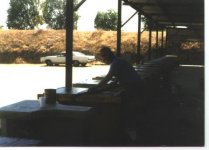 Lee Six working on new Visalia benches 001.jpg22.8 KB · Views: 486
Lee Six working on new Visalia benches 001.jpg22.8 KB · Views: 486 -
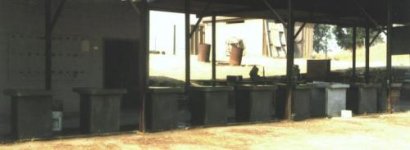 Visalia bench construction 002.jpg13.1 KB · Views: 436
Visalia bench construction 002.jpg13.1 KB · Views: 436 -
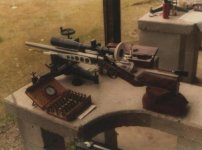 Visalia old bench and odd rifle.jpg22.5 KB · Views: 538
Visalia old bench and odd rifle.jpg22.5 KB · Views: 538 -
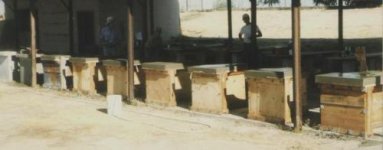 Visalia bench construction.jpg14.9 KB · Views: 460
Visalia bench construction.jpg14.9 KB · Views: 460 -
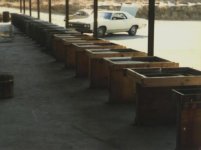 Visalia bench construction 003.jpg18.6 KB · Views: 462
Visalia bench construction 003.jpg18.6 KB · Views: 462 -
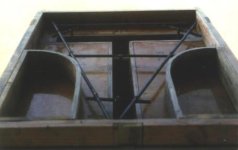 Visalia bench construction 001.jpg15 KB · Views: 497
Visalia bench construction 001.jpg15 KB · Views: 497

